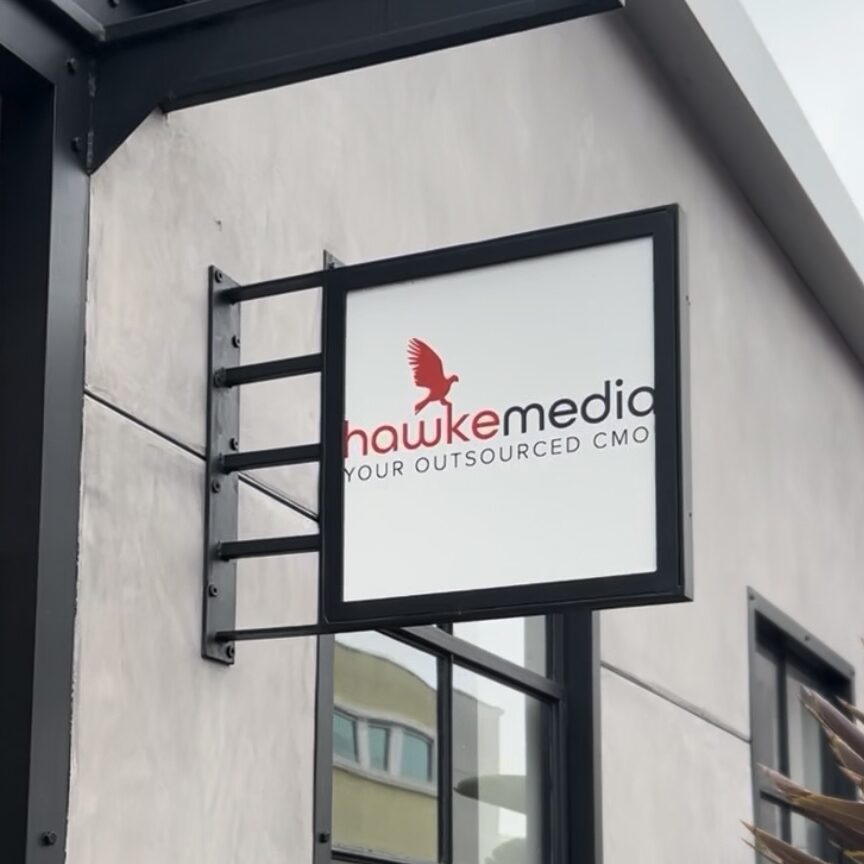From SimplyBe. Founder, Jessica Zweig
Leadership eminence. What is it, and how can I get some?
In its simplest form, leadership eminence is how you embody and exude the value that you bring to your organization. It is how you make your value known and experienced through not only your words and actions as a leader, but through your presence.
The goal is to not only make your value known, but felt.
You can’t fake eminence. (And frankly, if you’re in a seat of leadership, you shouldn’t be faking anything.)
To truly embody and exude your value in a way that is known and, as we’ve established, felt, it takes doing your own inner work to show up—fully, truly, authentically.
Eminence is the next generation of the personal brand.
Speaking from experience in founding and leading a personal branding agency, the personal brand space is often looked to for its emphasis on public image and platform development. Don’t get me wrong, that’s certainly part of what we provide and has its place. It’s important for today’s leaders to show up publicly and leverage their platforms in service of their company’s and their people’s success – and to do it with clarity and strategy. If you don’t do it, you’re bound to get drowned out in a sea of mediocrity who are simply willing to put themselves out there more than you are. (I’m looking at you, servant corporate leaders.)
But it’s not about growing your Linkedin followings for the clout. It’s about making an impact in your companies, in your industries and in your own personal career paths.
Leadership eminence, therefore, requires a shift. A shift from:
“How can we create and develop awareness of my message to bolster my personal platform?” to
“How can we create and develop awareness of my message to drive better results within my organization?”
Because, if you’re a leader, it simply has to start with you.
As a leader, you are seen inside and out.
Let’s call a spade a spade—if you’re a leader of a company, you already have a public platform. You’re on stage, proverbially speaking, and we’re watching.
People are going to Google you. People are going to expect you to have a point of view and to contribute to the collective conversations in your industry. To respond to your competitors, to the media, to potential prospects, to new talent, to the issues happening in our culture and society.
This non-exhaustive list of external audiences are going to go look elsewhere if they don’t see your leadership emanating a point of view clearly, consistently, and above all, authentically.
Now, onto your internal platform:
Your teams. Your departments. Your decision makers. Your entire organization.
“Humanization of leadership” used to sound like a nice-to-have—an ancillary consideration or investment. But today, there are real top line and bottom line implications when a company doesn’t consider how their leadership is emanating their humanity. You no longer have a choice here.
It’s more than employee engagement.
When I first learned about this concept of “leadership eminence”, the basic internal implications were clear to me—employee retention and engagement.
In short, if people don’t like the people at the top and/or don’t trust their leadership, they’ll likely leave. Or they’ll work hard for someone and something they don’t believe in, get burnt out, and then leave.
But after talking to some experts and conducting my own research in this space, I’ve realized that when leadership eminence is lacking, there are many tangible KPIs that simply don’t get met. And these gaps can end up hurting your organization on an entirely deeper level, top line to bottom line.
When one is disconnected from or lacking vision, you feel a complete loss of ownership of why you do what you do. (I’m sure we’ve all felt this at one point or another throughout our careers.) Many people come to work and understand what they’re doing day in and day out, but they don’t necessarily know why they’re doing it, which can lead to a detrimental decrease in motivation.
They’re likely asking themselves questions like:
What’s the end goal of this work?
What kind of impact is my individual contribution making?
What kind of collective impact are we making as a company?
Am I, and is therefore my work, inspired?
Does this matter?
The way that you really inspire the why in your people is through a vision.
And the way you deliver that vision is through your message and your humanity.
Eminence.
When employees feel disconnected from vision and therefore their leadership, they don’t really care much about the company at all. This leads to a disrespect of resources—how they spend their time, where and how much they’re focusing their efforts, where they’re allocating real company dollars. They are ultimately not fulfilling the job that they are there to do. Quality plummets when the broader employee base feels zero clarity or spirit in what’s coming from the top.
At the end of the day, this leads to sheer mediocrity that is then passed on to your clients and customers, and the domino effect commences.
We’re Not in The Great Resignation
We’re in The Great Reshuffle.
People are leaving for more purpose. And a leader’s job is to set and orient their people to a clear and collective purpose.
The #1 move you can make right now as a leader is to look within.
- Assess how you’re showing up—both internally and externally.
- Name and embody your value—what you uniquely bring to your organization as its leader.
- And name your reason for being—your personal why, your personal vision. Challenge yourself to identify how this translates into the greater vision of your organization.
- Then, live it. From your heart. From your soul.
Use what you find within yourself to architect your message and your strategy. Starting from that authentic place is not designed to simply make you feel good. In fact, it’s designed as a surefire way to create a razor-sharp platform, and with it galvanize your people, both internally and externally.
I see you, leader.
This is a whole new world of marketing and branding and operating as a leader. And it’s intimidating. You might even say that you hold more power, more potential, than any leader that came before you. This is not a responsibility that you should take lightly.
But we are not meant to do this work alone. Let’s explore what this looks like for your company and identify your value and how you can emanate your vision and lead your organization into the future.











